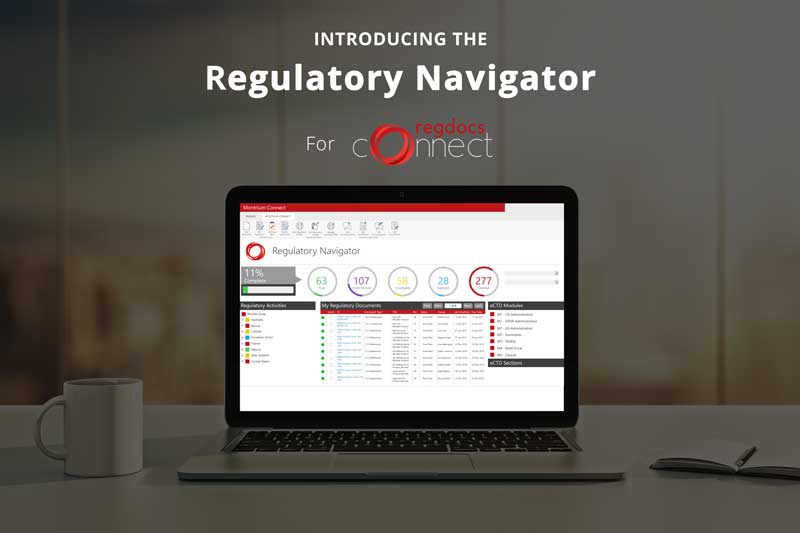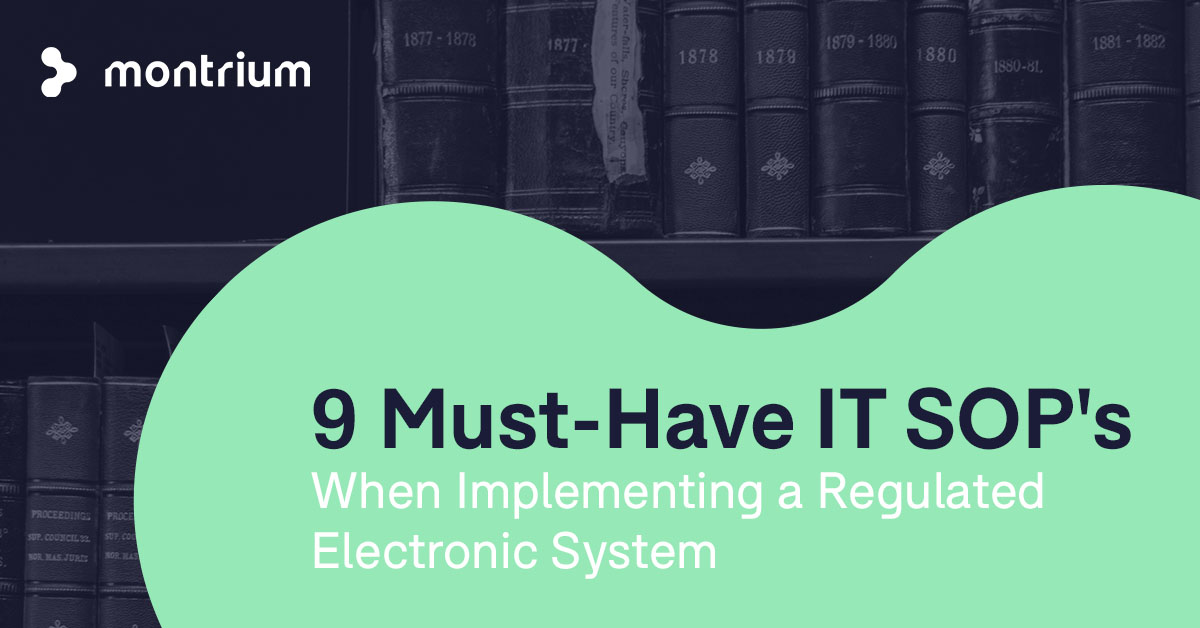
We've all experienced those late-night sessions running around trying to get those last pieces of regulatory content finalized for our upcoming drug application. We tell ourselves, this is the last time I am going to do this, however, ultimately, we know it isn’t.
Why do we often find ourselves in this situation?
Usually, it's due to a lack of planning behind the regulatory submission process, and complications caused by a large, dispersed team involved in producing all of the various pieces of regulatory content. Then we start working towards a new drug application and it seems this problem is multiplied 100-fold!
Getting submissions in on time is key to speeding up time to market, however, time pressure can also have a negative impact on quality, which ultimately leads to rejected submissions, increased costs and even longer timelines. By combining better regulatory submission process planning with the use of technology, we can begin to positively impact the results of our regulatory submissions.
So, how can teams ensure their regulated content is submission-ready?
There are multiple factors that contribute to improved submission readiness to comply with life science regulations, and it is important to clearly define what these factors are and how you will manage them. Understanding and identifying where technology can help improve the implementation and control of these factors is also key and will dictate how you develop your plan.
Developing a concrete submission readiness plan which outlines these factors can be a useful tool in ensuring that everyone is on the same page and that you have properly thought out how technology could improve your submission readiness. Let's discuss some of the six main factors that improve regulatory submission process and submission readiness and how leveraging collaborative technology can help.
1) Template Management
The use of regulatory templates for the creation of submission-ready content is extremely important as templates ensure that the correct formatting and layout is being applied right from the get-go.
One of the issues that we often have is ensuring authors of regulatory content are using the correct template version for the document in hand. Collaborative electronic document management systems (EDMS) like RegDocs Connect and other Regulatory Submission Tracking Software typically allow you to centrally store, manage and distribute templates which are associated with content or document types.
Using a Regulatory EDMS system means that authors will automatically gain access to the latest version of the correct template for the type of document they need to author. Additionally, the system often can take a copy of the latest template and create a placeholder with it ready for the author to write the document.
Effective, automated template management can significantly reduce the amount of re-work that the regulatory operations team needs to do and ultimately speed up the final regulatory publishing of content.
2) Training
Training on the production of regulated submission-ready content and including how to use templates is crucial. A lot of emphases should be placed on this during both on-boarding and regular training beyond.
Authors of regulated content often do not understand the subtleties of electronic submissions, so providing comprehensive training and support is paramount to improving submission readiness. Providing digital content in the form of video guides and in-application help & training will provide easy to access information for authors as they work with content with collaborative systems.
These tips will lesson authors' dependence on your regulatory team, allowing them to focus on the job at hand – getting the IND application in on time!
3) Submission Planning and Tracking
We have often relied on Excel trackers to plan out the different documents and content that must be produced for a specific regulatory application. As with all Excel trackers, they can be cumbersome and difficult to maintain, especially with so many people involved with the production of submission content.
This is where having a centralized tool can have a positive effect on your ability to deliver a quality submission on time. When integrated into the regulatory content management system, these tools will allow the following:
- Identify the different documents for each sequence
- Assign due dates and individuals with actionable tasks
- Create placeholders within the sequences
- Track progress to final completion of all content
Instead of having to manually update your tracker, the information is compiled in real-time as the content is authored, reviewed, published and finalized. You also ultimately spend less time running around trying to track people down to understand the status of documents. 
4) Content Life-Cycle
Defining and managing the life-cycle of documents manually can be a very difficult thing to do. Many issues can arise when circulating content for review and managing multiple versions of documents via email or worse still through successive folders on the file-share or even paper in file cabinets. Also ensuring that documents follow the proper workflow through review and approval can be difficult to enforce and track, and in general tends to be very linear rather than parallel in nature.
By using a centralized, collaborative platform, we can implement workflows which will drive the documents through the various steps required to get a document from draft to submission-ready. We are able to track and trend on progress and remind or escalate where necessary. Ultimately the system is focused on keeping the documents moving so that the regulatory team can focus more on the quality of the content itself.
5) Collaborative Authoring
Many of the documents we produce within the regulatory submission process involve multiple parties both internal and external. Without a centralized system, we are often left with lengthy sequential authoring processes or many copies of the same content that need to be integrated and that can be contradictory.
With the use of collaborative technologies like RegDocs Connect and Microsoft Word within SharePoint, it is possible to perform parallel authoring on documents where all authors work on the same physical document, can see each other’s content, changes and comments in real-time and greatly reduce the amount of work required to integrate all authors work. This is probably one of the single biggest time savers when using collaborative technologies such as SharePoint integrated with Microsoft Word.
6) eCTD Mapping and Integration
Finally, mapping content to the relevant electronic Common Technical Document (eCTD) section within the content management system makes it a lot easier to find and integrate content. With this backbone structure set up, publishing and the eCTD submission process are made more productive. Regulatory bodies such as the FDA, Health Canada, EMA, TGA in Australia and China have moved or are moving towards this format of submission.
eCTD publishers can navigate through content by module and section and also filter for specific sequences. The ability to map one piece of content to multiple applications is also key. Having this type of feature within the regulatory content management system makes it easy to collaborate with both internal and external eCTD publishers, speeding up the generation of a backbone structure with the right content, the first time.
Key Takeaways
Overseeing regulatory content management and generating regulatory submissions is not simple. And in a manual world, this process can be time-consuming and highly prone to errors. By using collaborative technologies, coupled with good submission readiness planning and training, you can significantly increase content quality while reducing the amount of time required to put submissions together.
It’s not just about putting the backbone together and submitting through the gateway, this is the final product. But giving yourself the means to properly produce the final product is the key to success, and collaborative technology can play a significant role in achieving this.

Paul Carter
Montrium's CEO and Founder Paul Fenton has over 20 years of experience developing and validating computerized systems for regulated clinical trials across the EU and North America. He leads the overall vision for the connect platform, focusing on the organization and analysis of clinical trial information. Paul chairs the CDISC eTMF Standards working group and serves on the TMF Reference Model Steering Committee. He is a regular speaker at industry events and actively contributes to clinical research standards development.















